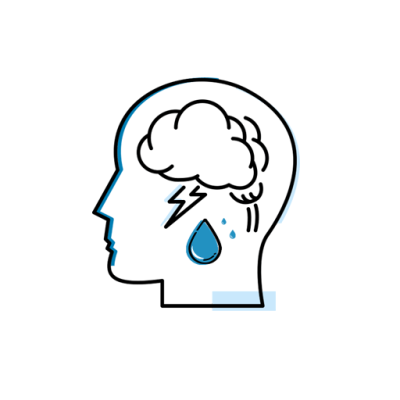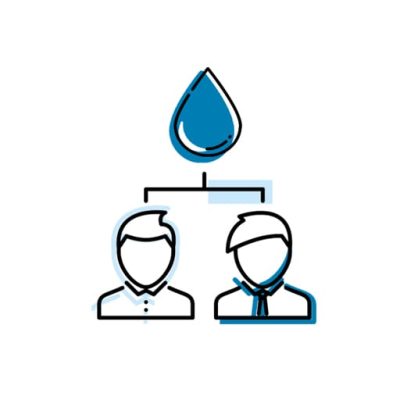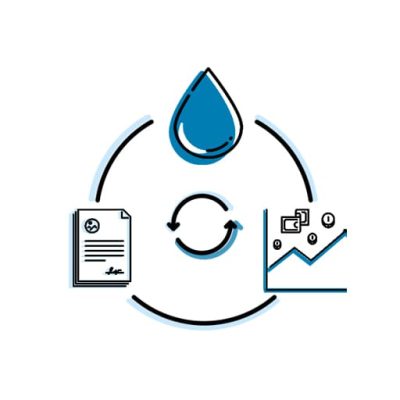

Montea partnered with Water Experts to perform a feasibility study on rainwater reuse for drinking water purposes. For this, a rainwater study was performed to
As the building is for logistical purposes, the roof surface area is large and the rainwater capture capacity is more than sufficient to cover the expected water consumption on-site. Considering this, the rainwater buffer size and infiltration requirements were dimensioned properly.
Good practices for rainwater capture included source measures such as prefilters, leaf catchers, proper inflow in the rainwater buffer tank, adequate cleaning protocols for the rainwater tank,…
End-of-pipe treatment for reuse purposes such as cleaning and toilet flushing included a floating intake pipe and a coarse and fine filtration, followed by activated carbon to have sufficient quality water.
For drinking water production, an installation was designed based on a multi-barrier principle to always ensure drinking water quality. This included course particle filtration, sand filtration, activated carbon, ultrafiltration and LED-UV for final disinfection. Depending on the quality and presence of potentially harmful ions, an ion exchange and remineralization could be applied as well. The estimated consumption of drinking water was about 5 m³ per day.
After design of the drinking water installation, a preliminary economic assessment compared the potential savings of tap water with the investment and operational costs of the treatment installation. Considering the savings on tap water, more specifically the drinking water component of the water bill in this case (€1.8 m-3), the investment cost, operational cost, and taking into account inflation, the return on investment was estimated and aligned with the client's management team.

For the new construction of Montea in Lummen, it is feasible to be self-sufficient in terms of water supply because of the large roof surface area compared to the expected water consumption. Producing drinking water from rainwater is technologically feasible. However, for relatively small-scale consumption (5 m³ per day), the return on investment was preliminarily estimated at about 16-17 years.
This relatively long return on investment is mainly due to the early adopter phase of decentralized drinking water production, the relatively small scale of the drinking water consumption and the low cost of drinking water from the centralized network. In time, while the market of decentralized drinking water production matures and technology is optimized and produced in scale, the costs will decrease and the feasibility compared to potable water from the centralized grid will increase.
In urban areas, potable water from the grid would be the economic choice, whereas decentralized drinking water production is more of an economic alternative where the centralized network does not reach or in outskirts where the pressure and quality is more of a challenge. Decentralized production of drinking water is a sustainable choice because water is retained and used more locally, which lowers the overall pressure on our water systems.


